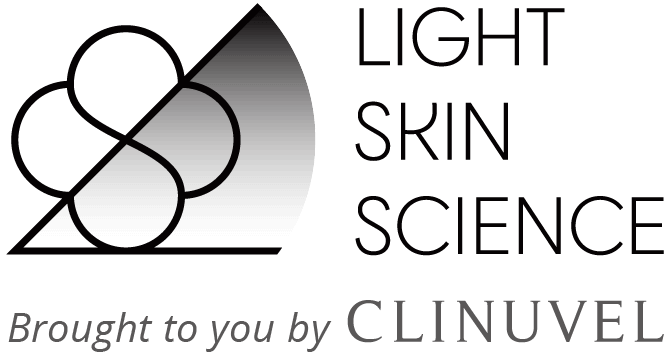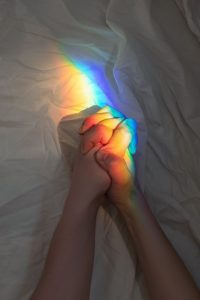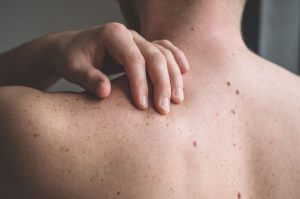Deeply rooted in Norse mythology and Nordic way of life, skiing has been a vital part of culture, travel, and even cavalry in the 1700’s![1] By the late 1800s to the early 1900s, skiing in particular, had become a widespread phenomenon, enjoyed by the masses.
Over the past decade, snow sports have remained a popular recreational activity with 16 million participants based in the United States alone and just shy of 30 million across Germany, France, and the UK[2].
However, with year-round incidences of skin cancer continuing to rise, and a 20-25% mortality rate among melanoma diagnoses, researchers have been wondering if there is a gap in examining whether summer sun is the primary culprit.
It has been well documented that there is increased UV radiation due to the higher altitude, clean air, and strong reflection of UV radiation from the snow. This reflection in the snow can increase the strength of radiation up to 90% and with skin being lighter during the winter months, skin protection is paramount[3].
Whilst studies have shown the differences in UV radiation in the mountains compared to the beaches, little is known about sun protection behaviours amongst the snow-sport community.
Research conducted on 418 Dutch adults before and after a ski trip showed that 40% of these avid snow lovers did not use adequate sun cream and 25% of them suffered at least one sun burn whilst on their trip. It was hypothesised that due to the colder environment, the recognition of sunburn was noticed later than usual. Not only this but 55% of these participants deemed sun cream a troublesome protectant to use whilst on the slopes. With just under half of this study group documenting poor sun protection behaviours, it can be speculated that sunburns may be more prevalent in the winter sports community considering its enormous participation number.
Looking back at our article on the kitesurfing community [hyperlink], men and younger participants appear to suffer with sun burns more often. Research has theorised that this may be due to women adopting behavioural change to prevent melanoma compared to men[4]. It can be argued that these two groups are growing as particularly important target groups for preventative practices.
So, when considering the cost of your lift pass and equipment, make sure to also consider the high personal cost that skin cancer can have.
[1] https://www.thehideawaysclub.com/magazine/latest/the-history-of-skiing#:~:text=Skiing%20is%20deeply%20embedded%20in,between%204500%20and%202500%20BCE.
[2] https://www.statista.com/topics/3922/skiing-in-europe/
[3] Jansen et al (2015) Sun Protection during snow sports: an analysis of behaviour and psychosocial determinants. Health Education Research (30) pp. 380-387.


